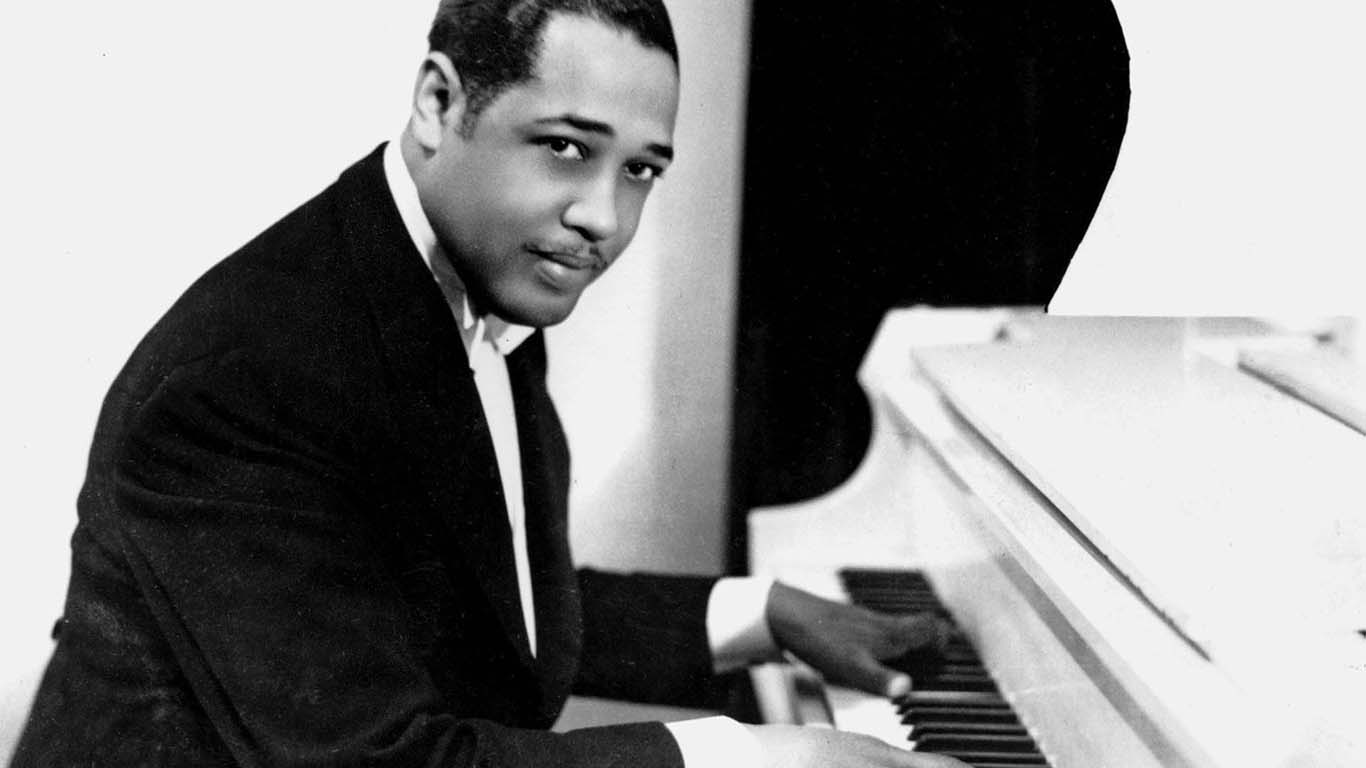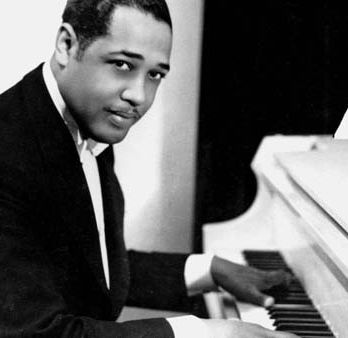Duke Ellington

Duke Ellington AKA "The Duke" was a towering figure in the world of jazz music and left an indelible mark with his innovative compositions, sophisticated arrangements, and charismatic stage presence. This included over two thousand songs with such hits as “In A Sentimental Mood,” “Sophisticated Lady,” “I Got It Bad And That Ain’t Good,” and “I’m Beginning To See The Light.” For almost fifty years he toured the world as a band leader and piano player.
Stevie Wonder held Ellington in such high regard as to write the dong “Sir Duke” about him
Early Life and Musical Beginnings
Edward Kennedy "Duke" Ellington was born on April 29, 1899, in Washington, D.C. He showed an early aptitude for music and began studying piano at the age of seven. Ellington's musical talents blossomed in his teenage years, and by the 1920s, he was leading his own band, the Washingtonians, which would later become the Duke Ellington Orchestra.
1920s-1930s
In 1923 he moved to New York and by1927, Ellington’s band had found a small base of fans and secured an engagement at Harlem’s famous Cotton Club. This proved to be a major turning point in Ellington’s career, providing him with access to larger audiences through radio and recordings.
Duke Ellington and his orchestra gained recognition for their innovative approach to jazz music, blending elements of blues, ragtime, and classical music to create a distinctive sound.
During the 1930s, Ellington and his orchestra recorded a series of groundbreaking albums, including "Mood Indigo" (1930), "Sophisticated Lady" (1933), and "It Don't Mean a Thing (If It Ain't Got That Swing)" (1932), which featured some of his most enduring compositions.
In 1939, Billy Strayhorn joined the band as an arranger, composer, and sometimes pianist. The two worked well together, continuing in the tradition that Ellington had built. Strayhorn’s contribution to Ellington’s achievements at the time were significant, and even some of their most popular tunes (such as “Take The A Train”) were written by Strayhorn.
1940s-1950s
In the 1940s and 1950s, Duke Ellington continued to push the boundaries of jazz with his innovative compositions and sophisticated arrangements. He released a series of acclaimed albums, including "Black, Brown, and Beige" (1943), a groundbreaking suite that explored themes of African American history and culture.
Ellington's collaborations with artists like Billy Strayhorn and Johnny Hodges further solidified his reputation as a visionary composer and bandleader. His dynamic stage presence and charismatic personality endeared him to audiences around the world, earning him the nickname "Duke" and cementing his status as a jazz icon.
1960s-1970s
In the 1960s and 1970s, Duke Ellington continued to record and perform prolifically, releasing albums such as "Ellington at Newport" (1956) and "Far East Suite" (1966), which showcased his continued creativity and innovation. His collaborations with artists like Ella Fitzgerald, Louis Armstrong, and John Coltrane further expanded his musical legacy and introduced his music to new audiences.
Legacy and Influence
Duke Ellington's impact on the jazz genre is immeasurable. His innovative compositions, sophisticated arrangements, and charismatic stage presence have inspired generations of musicians and left an indelible mark on the history of American music.
Ellington's compositions, including classics like "Take the 'A' Train," "Caravan," and "In a Sentimental Mood," have become jazz standards, performed and recorded by countless artists over the years. His influence extends far beyond his own recordings, as he continues to inspire new generations of musicians with his timeless music and enduring legacy.
to download my version of 'Take The A Train' click here
Duke Ellington ratings

Songs: Take The A Train